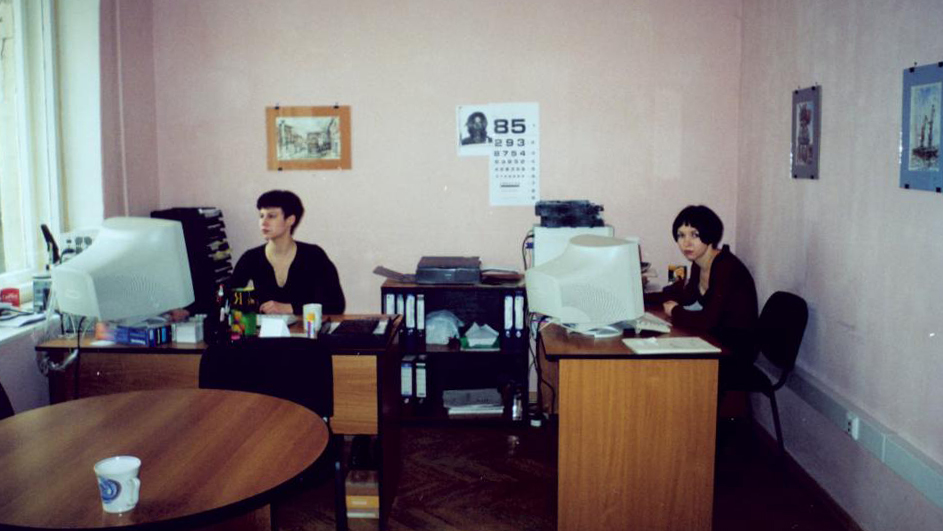
Take it from us, with four months' experience of being back in an office world in a "post-pandemic" world.
This is not the guide to see what the COVID rules are in each individual workforce. Rather, this is how to prepare yourself mentally and physically to adjust to a whole new brand routine.
By the time you get the hang of it again, it might be to find more time at home. 😉
Mentally, here's what to expect.
Go easy on yourself.
Going back two to three days a week is just about the right cadence to get the juices flowing without feeling overwhelmed.
Even going back for a full eight hours can be taxing.
In our case, we started going in to the office right after lunch: Just enough time to stay on focused tasks in the morning, and the right time to break up the afternoon slump.
In short: Don't be weirded out if when you first get back to the office, you end up staring at a computer like you've never seen one before. Totally normal.
Packing the work bag.
Common sense, right? Not if you haven't done it for 16 months.

Remember the commute? (susanjanegolding/ / Flickr)
In particular, the right bag for those daily essentials is around 10-15 L in capacity, depending on the method of commute, and how many before- and after- work activities are planned.
Trust me, there has been a lot of trial-and-error on our part in finding the right bag, and we're considered the expert on this in some circles!
Have a meal plan ready in place.
Remember how to pack your lunch?
Do you also remember how you were exhausted each night, only to dump everything on the floor, and then having to pack for the next day again?
In fact, even the most disciplined packers will probably struggle from time to time, even if its only one or two days a week! (As we found out.)
Go ahead. Pack your lunch. See how consistent how you are. Tally up the bills for the days that you missed.
Spending $15 a day on lunch? Yup, that's what I thought.

Return of the office salad. (bradleypjohnson / Flickr)
Though meal services are often more expensive than cooking at home, they are also a lot cheaper than eating out on the days that you totally are caught unaware without a snack or a meal ready at hand. They also help keep everything to a regulated budget.
Some examples of these include Freshly, Cookunity and MealPal (which is more of a restaurant subscription-based plan).
The only one we have experience with is CookUnity, and we went all in for the 16-meal plan! Though it seemed slightly more expensive than the others, it wasn't that much more so, and offered a bigger variety of cuisines from around the world.
(The shrimp dishes had actually been chargrilled! Though they offer 50% off the first week, it may be cheaper using $50 referral links off the first order for smaller meal plans.)
Here's how the prices break down with and without a referral code (tax not included):
| # of meals | Total cost | Cost per meal | Total cost w/ $50 off | Cost per meal w/ $50 off |
|---|---|---|---|---|
| 4 | $53.96 | $13.49 | $3.96 | $0.99 |
| 6 | $71.94 | $11.99 | $21.94 | $3.66 |
| 8 | $91.92 | $11.49 | $41.92 | $5.24 |
| 12 | $131.88 | $10.99 | $81.88 | $6.82 |
| 16 | $167.84 | $10.49 | $117.84 | $7.37 |
Added bonus: You'll be able to ditch the sad $10 office lunch.



